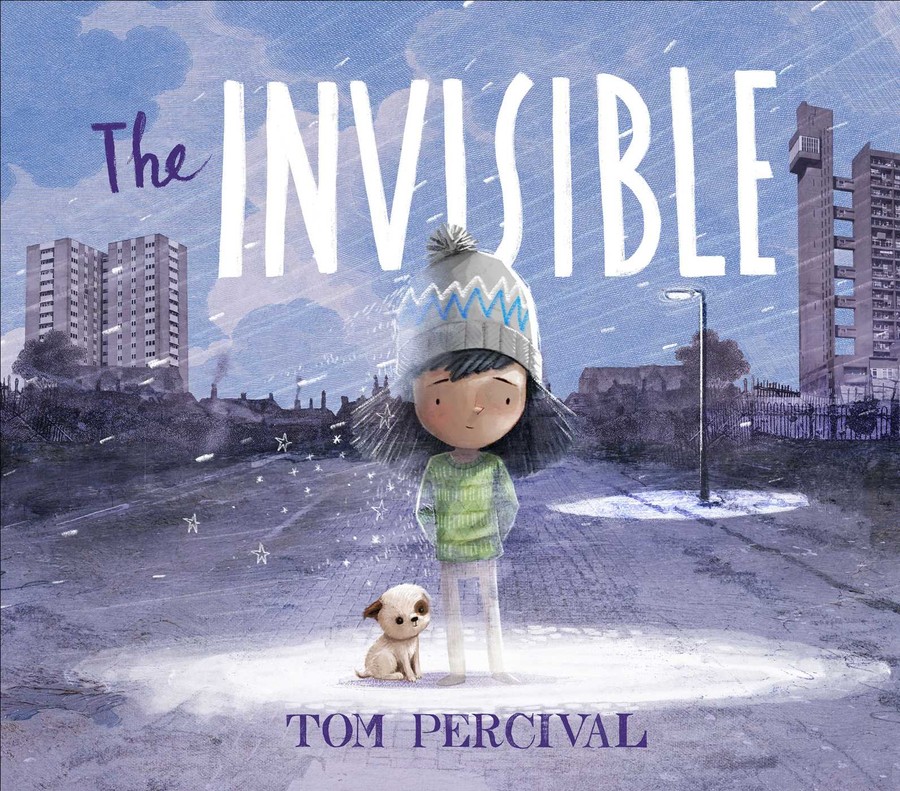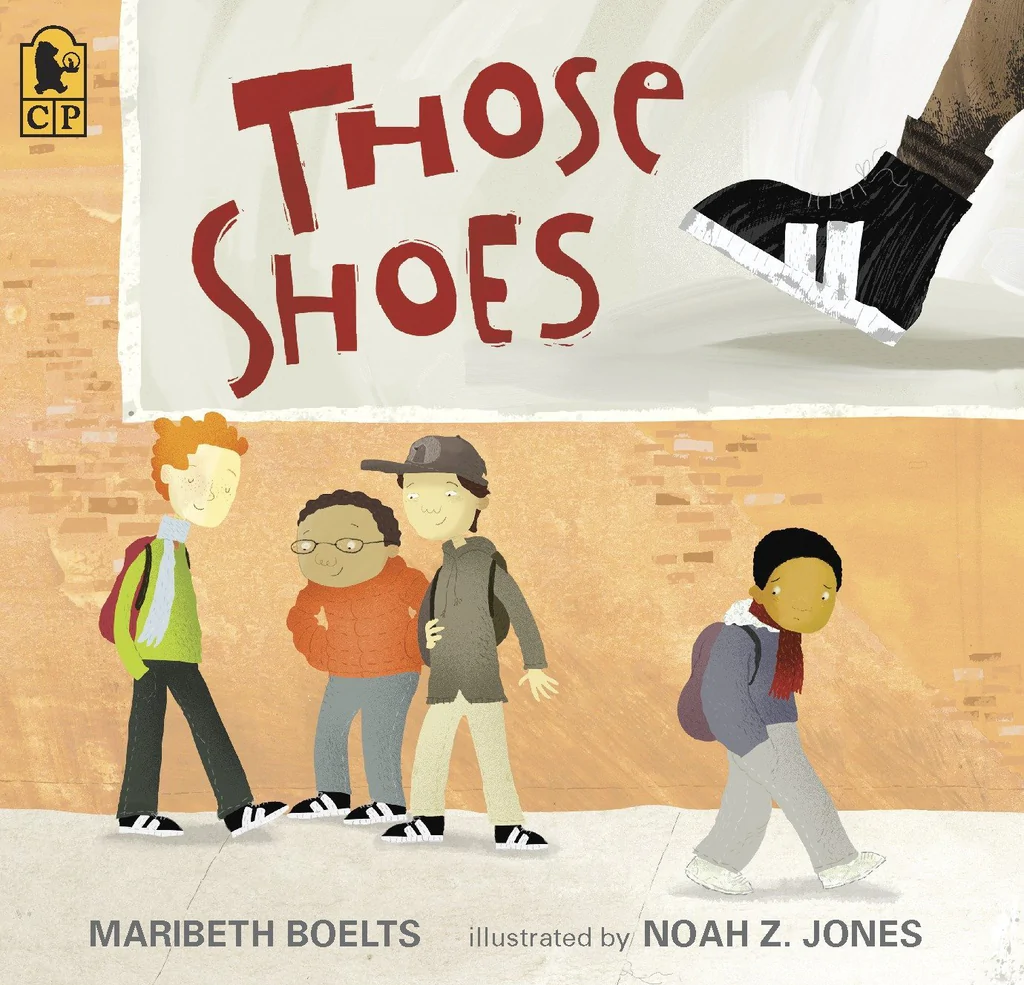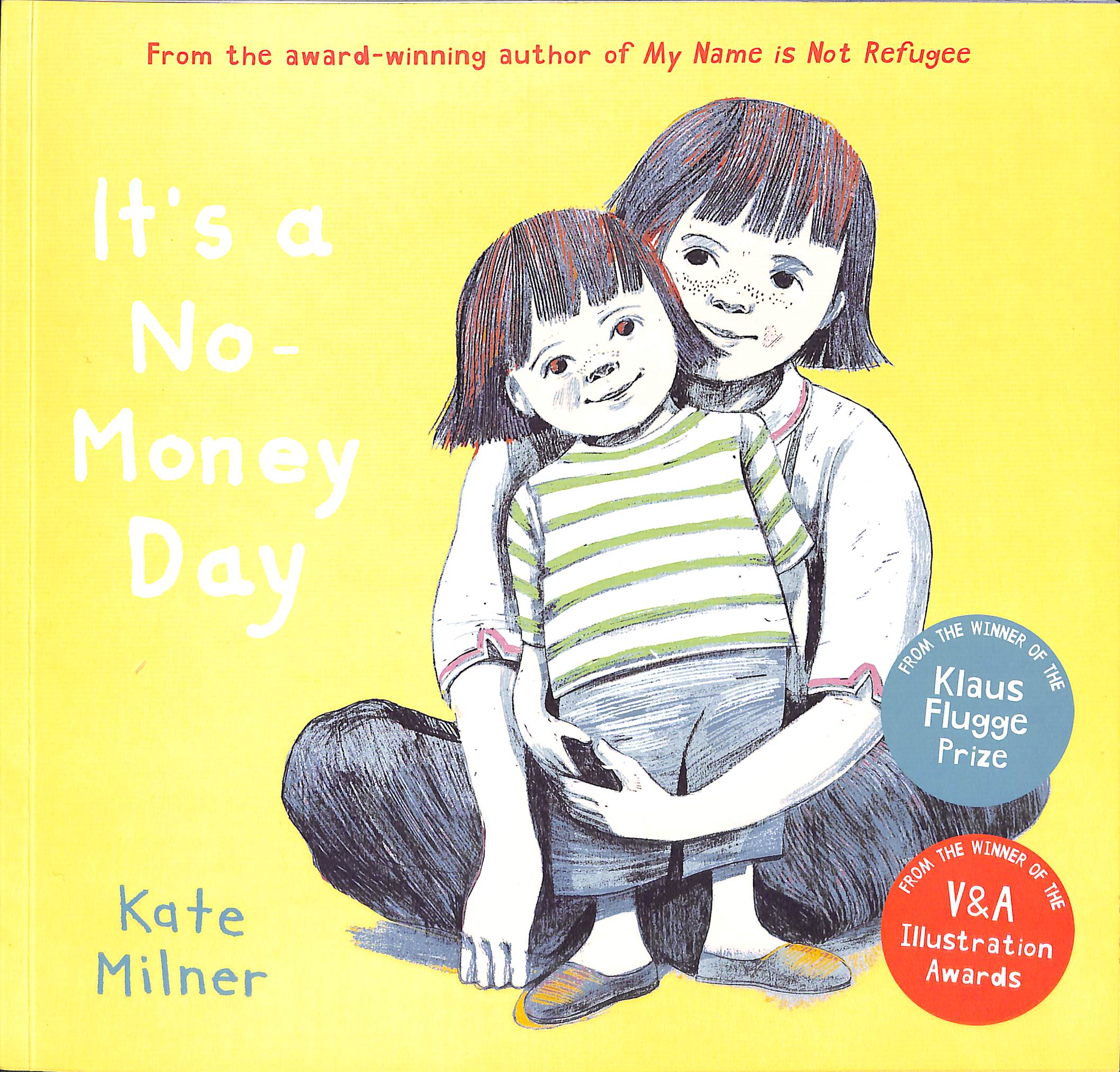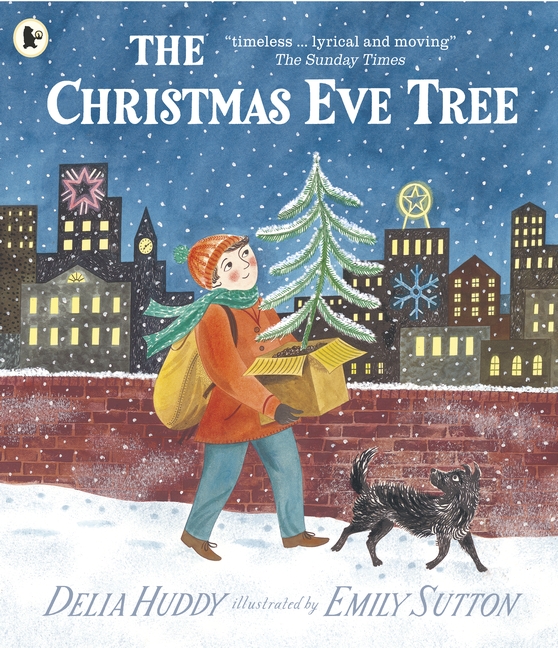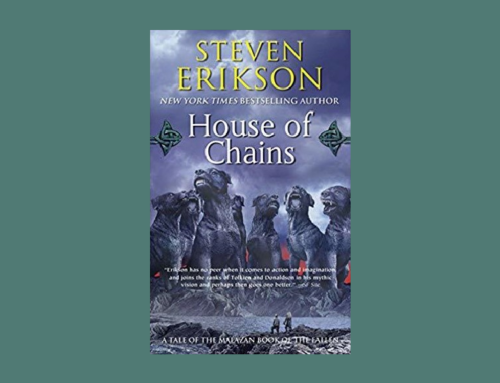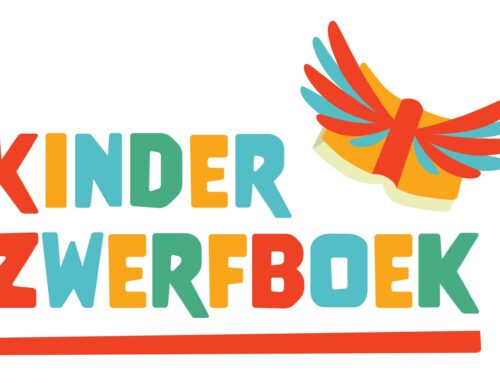by Tatia Gruenbaum
Tatia Gruenbaum is a lecturer and researcher at Avans University of Applied Sciences in the Netherlands and co-founder of PEPELT (Picturebooks in European Primary English Language Teaching).
October 17 is International Day for the Eradication of Poverty, established in 1992 by the UN General Assembly and officially recognized as a UN international day. Also referred to as ‘End Poverty’ or ‘Stop Poverty’ Day, this annual day calls upon UN Member States to dedicate time to educate and mobilise the public to address global issues surrounding poverty—in particular, child poverty.
With the increased presence of Dutch food banks in our local supermarkets and the first breakfast packets going out to 200 Breda-based school children ensuring they do not go hungry to school, poverty—silent or otherwise—is becoming a reality for an increasing number of adults and children living in the Netherlands.
Scottish children’s book author Elle McNicoll recently tweeted that being poor “ […] was harrowing. It felt like a stone tucked in the corner of your hip, making you walk a little differently. It was mental arithmetic. It was counting the entire food shop in your head because you’ve memorised the reduction rates. You’ve envisioned the receipt before even entering the doors. Never used the oven. Washed with the sink, a shower was a treat. If this is unfamiliar to you, don’t you dare tell the poor how to pull themselves up this winter […].”
Indeed, winter is approaching, and in entering the last quarter of the year, we simultaneously move towards a season marked not only by traditions and celebrations but also increased spending. With the rise in the cost of living and electricity, this December might be different for some families and children.
If you, as a parent, carer or teacher, would like to raise awareness at home or in your class of children living in poverty and depending on foodbanks, picturebooks offer an excellent entry-point. Generally, hardship-themed picture books are few and far between. However, there are some excellent ones that can help foster empathy, increase inclusion by reducing stigmatisation and perhaps even encourage action-taking. Here are my recommendations, including possible (teaching) activities.
The Invisible, written and illustrated by Tom Percival (2021) and joint winner of the 2022 UKLA Book Awards.
“The Invisible is the story of a young girl called Isabel and her family. They don’t have much, but they have what they need to get by. Until one day, there isn’t enough money to pay their rent and bills and they have to leave their home full of happy memories and move to the other side of the city. It is the story of a girl who goes on to make one of the hardest things anyone can ever make…a difference. And it is the story of those who are overlooked in our society – who are made to feel invisible – and why everyone has a place here. We all belong. “ (Simon & Schuster)
If you are a primary English Language teacher, this picturebook offers great opportunities for more advanced primary English Language Learners as comprehension of low-frequency words is often supported by the illustrations. Tom Percival has developed an excellent (very visual) teaching activity pack for the classroom. It includes activities to discuss feelings and the importance of community and reflects on what readers might take for granted.
This picturebook concludes with a personal note by Tom Percival; he explains that as a child, he had to live in a camper van as his parents had very little money.
Those Shoes, written by Maribeth Boelts and illustrated by Noah Z. Jones (2009).
“All Jeremy wants is a pair of those shoes like the ones everyone at school seems to be wearing. Though Jeremy’s grandma says they don’t have room for “want,” just “need,” when his old shoes fall apart at school, he is more determined than ever to have those shoes, even a thrift-shop pair that’s the wrong size. But sore feet aren’t much fun, and Jeremy soon sees that the things he has – warm boots, a loving grandma, and the chance to help a friend – are worth more than the things he wants.” (Candlewick Press)
PEPELT (Picturebooks in European Primary English Language Teaching) is a not-for-profit that I co-founded with three fellow educators/researchers. We support primary teachers worldwide who are teaching English using picturebooks as a teaching tool. In December 2019, we chose Those Shoes as our book of the month and discussed this picturebook from four different angels: peritext (Sandie Mourão), multiliteracies (Gail Ellis), opportunities in the classroom (Anneta Sadowska) and in teacher education (me). Our videos and relevant resources for this picturebook can be found here.
Of special interest might be the video by my project-colleague Gail Ellis, who makes a link to children’s human rights.
In my video, I refer to a number of ready-made resources such as the publisher’s excellent teaching pack filled with suitable discussion questions and writing activities and a Parent Reading Guide specifically developed for Those Shoes by the US Consumer Financial Protection Bureau. This guide can help to introduce concepts such as prioritising, staying true to yourself, sharing and borrowing.
It’s a No-Money Day, written and illustrated by Kate Milner ( 2019).
“Mum works really hard, but today there is no money left and no food in the cupboards. Forced to visit the local foodbank, Mum feels ashamed that they have to rely on the kindness of others. Maybe one day things will be different but for now together they brighten up even the darkest of days.” (Barrington Stoke)
Although the mother carefully divides their allowance into rent, food and electricity, there are days when there is simply no money. On these days, they visit the foodbank. On these days, they depend on the food bank to ensure they do not go to bed hungry. Despite the lack of money, the young girl seems enthusiastic, contented and chatty.
The text in this picturebook is very precise, even sparse at times. The detailed illustrations, especially the facial expressions, and muted tones used by the illustrator offer a starting point to develop visual literacy. This picturebook can inspire discussions based on what readers would do if they had no money and what activities are available free of charge in their area. Readers could also be asked to draw how they might feel when working at or visiting a foodbank. Young readers could even be encouraged to consider what kind of support they could give to their local foodbanks and the children who depend on them.
The Christmas Eve Tree, written by Delia Huddy and illustrated by Emily Sutton (2015).
“It’s late on Christmas Eve, and the little fir tree is the only tree left in the shop. What a poor thing I am, it thinks. But then a young boy enters the store, drawn in from the damp by the warmth and lights and the wonderful smell of Christmas, and he doesn’t seem to mind that the scrawny tree isn’t tall and straight like the others.” (Penguin Random House)
The publisher’s synopsis of this book did not prepare me for the story inside—the story of a homeless boy who first puts the tree in a box that he finds along the way and then picks up another box to use for sleeping.
We discover he is homeless and that on Christmas Day, his Christmas lunch will be provided by a soup kitchen. And yet, we witness a scene of unexpected happiness, a scene highlighting the power of a supportive, united community.
Whereas the tree grows and lives a long life, it is for the reader to guess what happens to the boy. What stands out is the cheerfulness and colourfulness of the detailed illustrations. which are in contrast to the seriousness of the topic: the life of a homeless boy and an unwanted tree.
This book is rich in adjectives, making it especially suitable for older English language learners. Young readers can be encouraged to discuss how their school might help homeless children and imagine how a person can become homeless, for things are not always as they seem.

